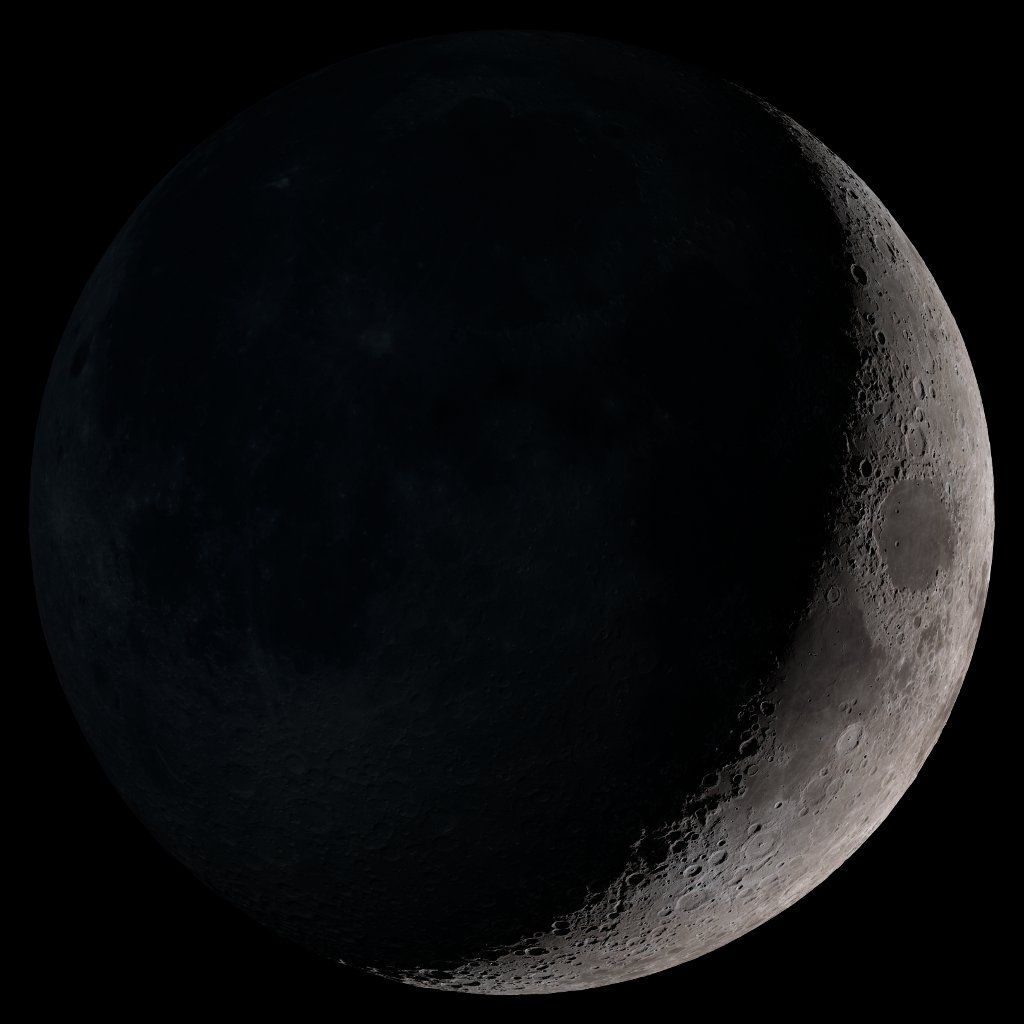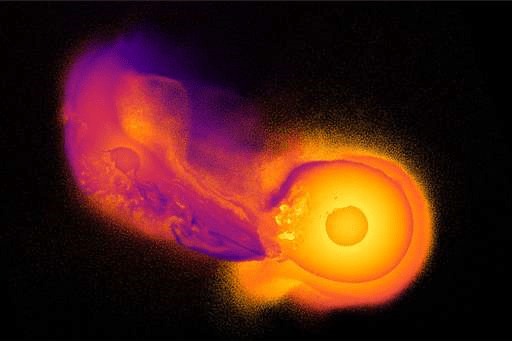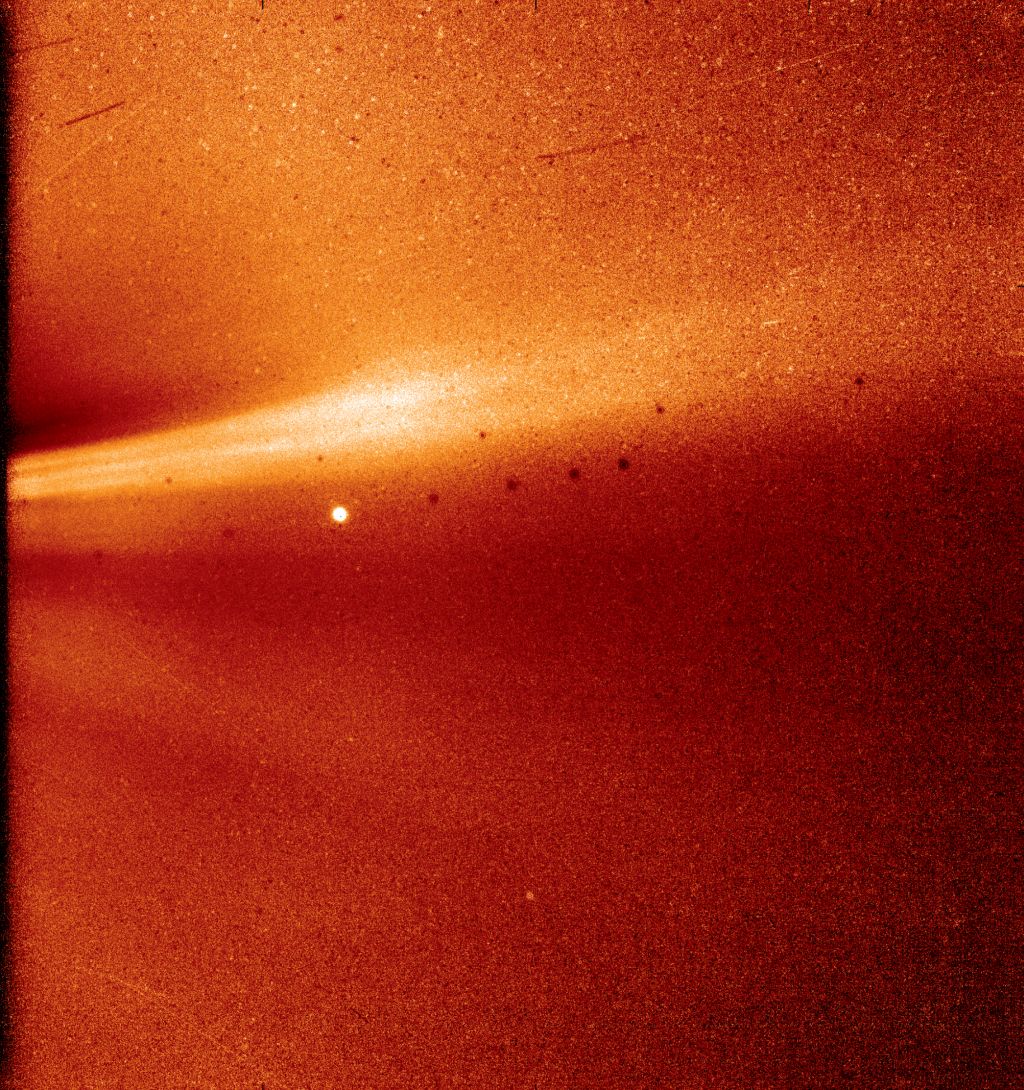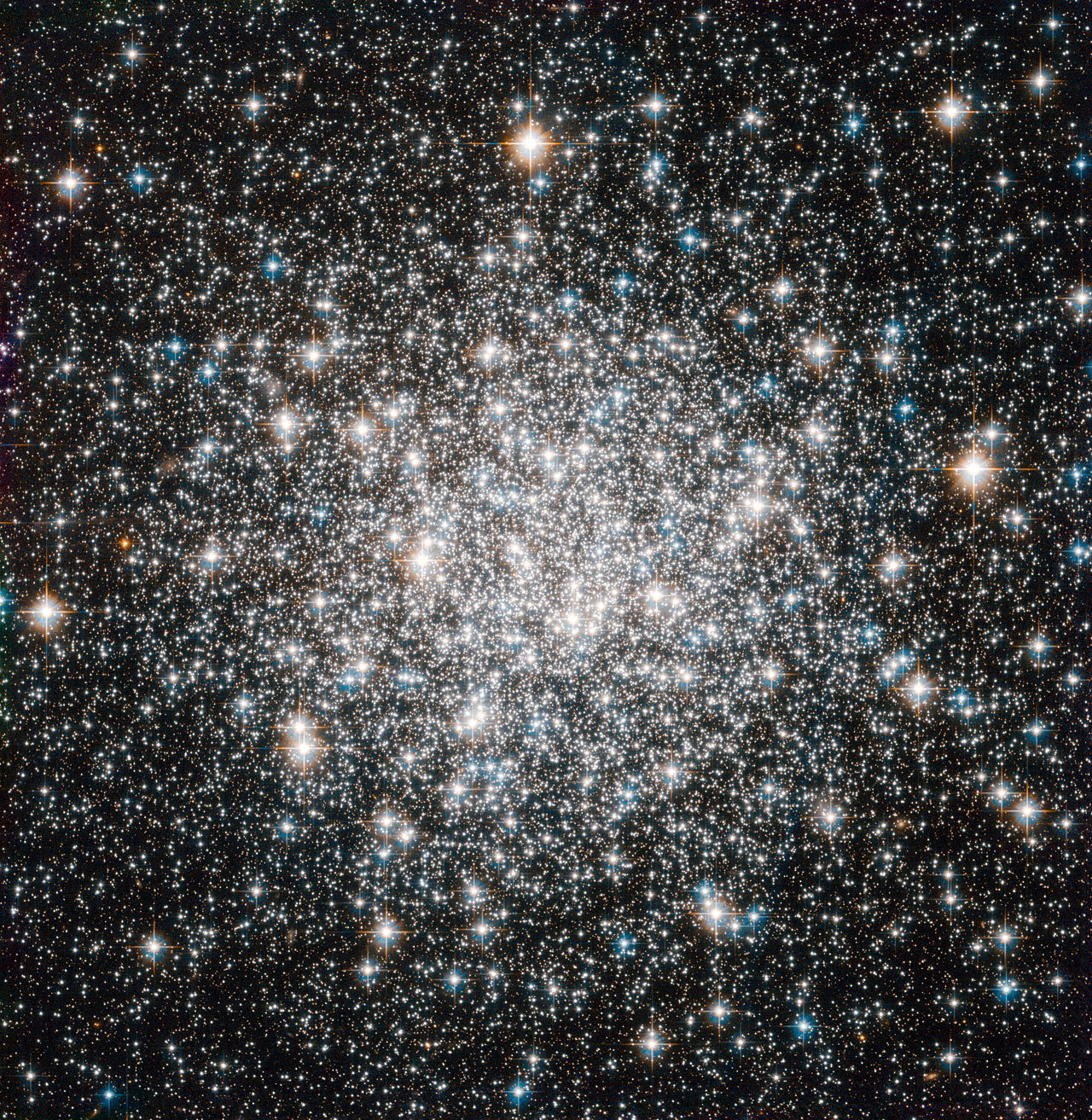Imagine yourself in a boat on a great ocean, the water stretching to the distant horizon, with the faintest hints of land just beyond that. It’s morning, just before dawn, and a dense fog has settled along the coast. As the chill grips you on your early watch, you catch out of the corner of your eye a lighthouse, feebly flickering through the fog.
And – yes – there! Another lighthouse, closer, its light a little stronger. As you scan the horizon more lighthouses signal the dangers of the distant coast.
Continue reading “Astronomers Count all the Photons in the Universe. Spoiler Alert: 4,000,000,000,000,000,000,000,000,000,000,000,000,000,000,000,000,000,000,000,000,000,000,000,000,000,000,000,000 Photons”










